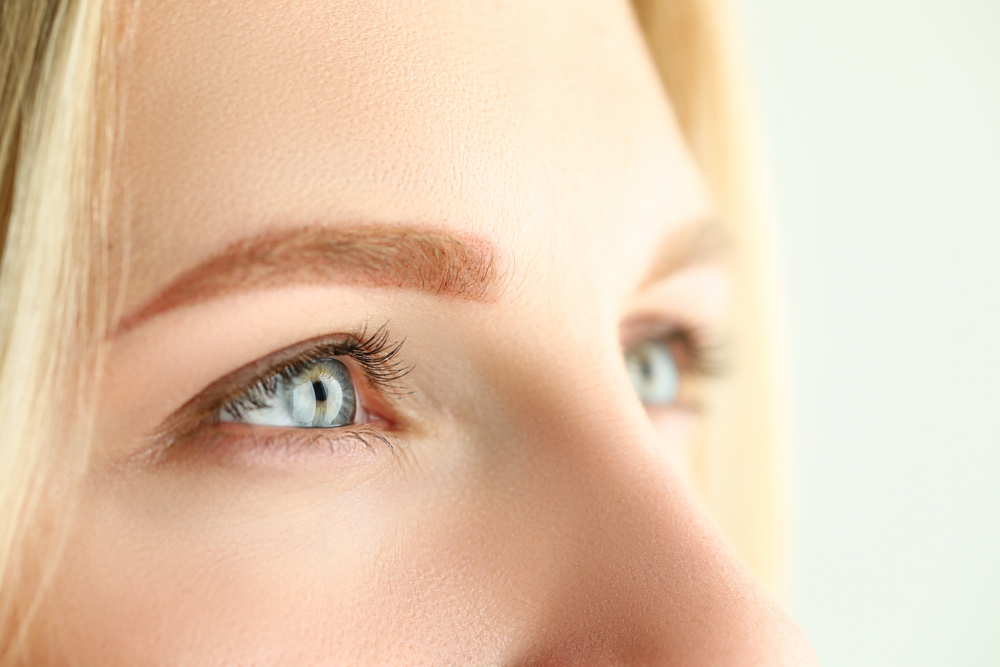
A normal cornea is dome-shaped. In certain situations, the protein-based structure weakens and fails to hold the round shape. This causes the cornea to bulge outward, resembling a cone. This condition is known as keratoconus.
The condition progresses with the prolonged lack of protective antioxidants in the cornea. The antioxidants help get rid of harmful byproducts created by the cells. It is necessary to understand what keratoconus is and how to reduce it.
Causes of Keratoconus
The exact cause of keratoconus is unknown, but most people have it from birth. Some factors can increase the likelihood of developing the condition. People with a family history of this eye condition are more likely to get it.
The condition usually develops in the teenage years, but it can begin in childhood or adulthood. Individuals with disorders such as Down syndrome, retinitis pigmentosa, Ehlers-Danlos syndrome, and osteogenesis have a high risk of getting keratoconus. Those with eye inflammation and people who consistently rub their eyes are also prone to keratoconus.
Keratoconus and Vision
Keratoconus can affect a person’s vision. The changes to the eye cornea can make it difficult for the eyes to focus without corrective lenses. If the condition worsens, it may require surgery to restore sight.
Many patients need a corneal transplant to treat keratoconus. People with keratoconus should not get LASIK surgery. The vision correction procedure can cause further damage to the cornea, making the vision worse.
Symptoms of Keratoconus
Keratoconus is characterized by a thinning cornea that can lead to vision distortion. Symptoms of the condition include blurry vision, double vision, lights appearing to have halos, and light streaks.
Other symptoms are corneal swelling, light sensitivity, eyestrain, irritation, and a persistent urge to rub the eyes. Some people experience triple ghost images. Keratoconus can make it hard to drive, especially at night. The symptoms may begin in one eye, but the condition usually affects both eyes.
Diagnosing Keratoconus
To diagnose keratoconus, the eye doctor will examine the patient’s family and medical history. They will then measure the shape of the cornea. With corneal topography, they can get an image of the cornea. The doctor will also examine the overall appearance of the eyes, the patient’s visual acuity, visual field, and eye movements. The patient may go through a slit lamp exam to examine the eye under high magnification.
Treating Keratoconus
Keratoconus has several courses of treatment, but eyeglasses are usually the first treatment option. If glasses do not work, the doctor may recommend special contact lenses. Rigid gas permeable contacts can help manage the condition. Cornea collagen crosslinking can prevent the worsening of the condition.
Another treatment option is the use of Intacs® to flatten the cone shape. A cornea transplant is ideal when other treatments do not produce the desired results. The procedure involves replacing part of the cornea with that from a donor.
It is necessary to have regular eye checkups to determine your risk for keratoconus. If you have an eye condition, the doctor will recommend the best treatment option. An eye specialist must be the only one to fit you with rigid or scleral lenses.
For more on keratoconus and its treatment, call Insight Eyecare at (702) 718-7163 to reach our office in Las Vegas, Nevada.








